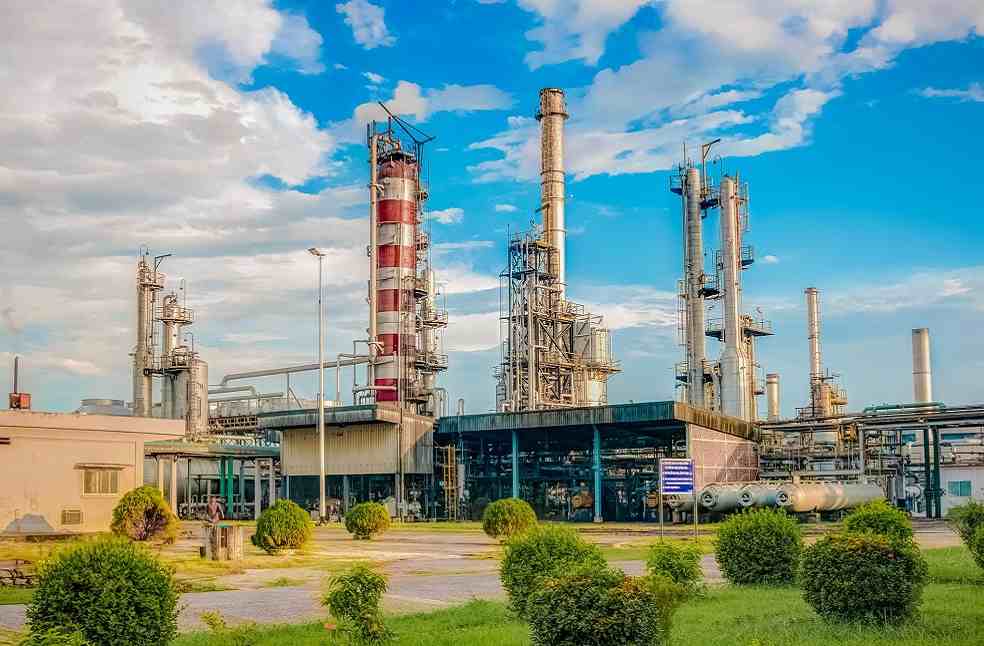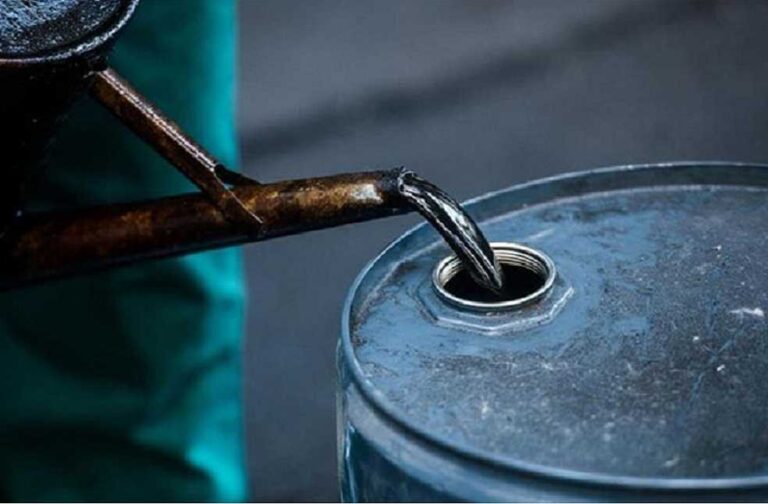Oil is poised to regain its position as Brazil’s leading export commodity in 2025, according to the Brazilian Institute of Petroleum and Gas (IBP). The oil exports surpassed soybeans in 2024, maintaining its dominance among Brazil’s key exports, and is expected to continue its strong performance this year, IBP President Roberto Ardenghy stated.
Data from the Foreign Trade Secretariat of Brazil’s Ministry of Development, Industry, Trade, and Services (MDIC), compiled by IBP, indicates that Brazil’s oil exports totaled $44.8 billion in 2024, marking a 5.4% increase from $42.5 billion in 2023. Export volumes also grew significantly, reaching 640 million barrels last year—a 10% rise from the previous year.
Despite the surge in exports, oil imports declined by 4.4% in 2024, dropping from $9.1 billion in 2023 to $8.7 billion. Consequently, Brazil’s oil trade surplus—exports minus imports—rose to $36.2 billion, an 8% increase from $33.5 billion in 2023. Over the past five years, the sector has generated $145.8 billion in total revenues, with a trade surplus of approximately $111 billion.

“This demonstrates the strength of the sector,” Ardenghy remarked. Brazil currently exports an average of 2.5 million barrels per day, totaling around 1 billion barrels annually, and this trend is expected to persist in 2025.
Ardenghy projects that Brazil could climb from its eighth place to become the world’s fifth-largest oil exporter by 2032. He attributes this potential growth to shifts in global energy markets, where countries are seeking alternative suppliers to Russia and the Middle East due to geopolitical tensions.
“Europe is replacing Russian oil with Brazilian oil,” he said, emphasizing Brazil’s emerging role in international energy trade.
Another key advantage for Brazil’s oil sector is its lower carbon intensity. Brazilian crude emits approximately 11 kilograms of CO₂ equivalent per barrel—less than half the global average. This environmental edge could enhance Brazil’s competitiveness in the medium term, particularly as carbon regulations become more stringent.

While the global energy transition is expected to reshape demand, oil is projected to remain a crucial commodity for decades. IBP cites forecasts indicating that worldwide oil consumption, currently at 100 million barrels per day, could still range between 60 million and 65 million barrels per day by 2050.
However, oil’s ranking in Brazil’s export hierarchy remains contingent on the performance of competing commodities such as soybeans and iron ore. If their exports surge in 2025, they could challenge oil’s dominance.
Compared to crude oil exports, Brazil’s refined petroleum product trade remains in deficit. In 2024, the country exported $11.7 billion in refined fuels but imported $17 billion, resulting in a $5.3 billion shortfall. Diesel accounted for nearly half of these imports, with a significant share sourced from Russia.
Despite this deficit, Ardenghy anticipates a shift in Brazil’s refining landscape. Planned investments in new refineries could enhance domestic fuel production, potentially reducing the trade imbalance over time. However, he warned that Brazil’s positive oil trade balance could be undermined by rising taxes on the sector.
A key concern for the industry is Brazil’s recent tax reform, signed into law by President Lula. The reform includes a vetoed exemption that would have shielded oil exports from a new selective tax—an outcome IBP had opposed. The institute hopes Congress will overturn the veto, and if not, it is considering legal action. IBP may partner with the Brazilian Mining Institute (IBRAM) to challenge the tax in court.
MOST POPULAR | Canada Imposes 25% Retaliatory Tariffs on US, Escalating Trade War



